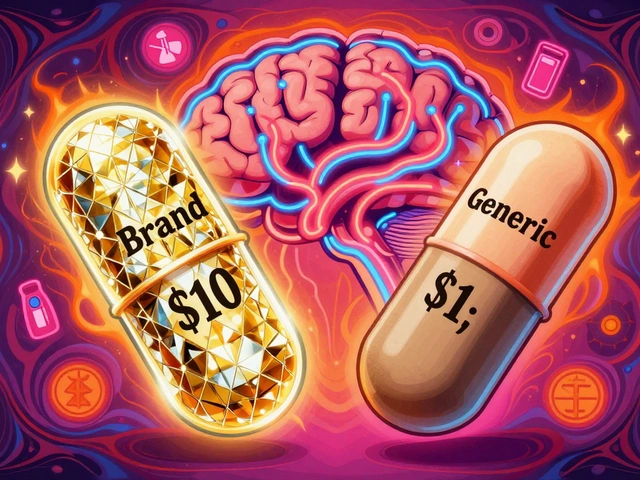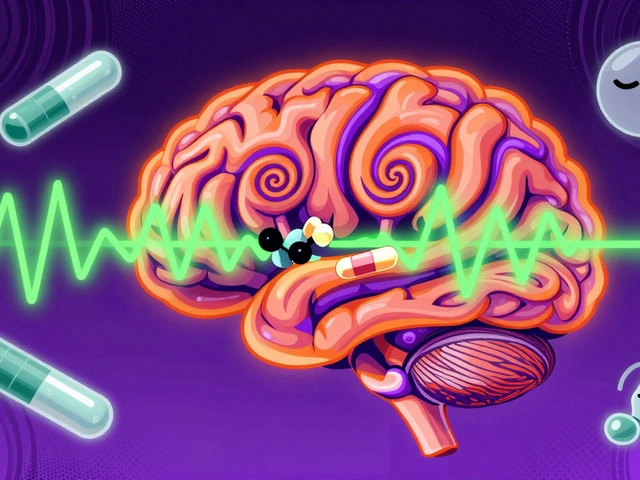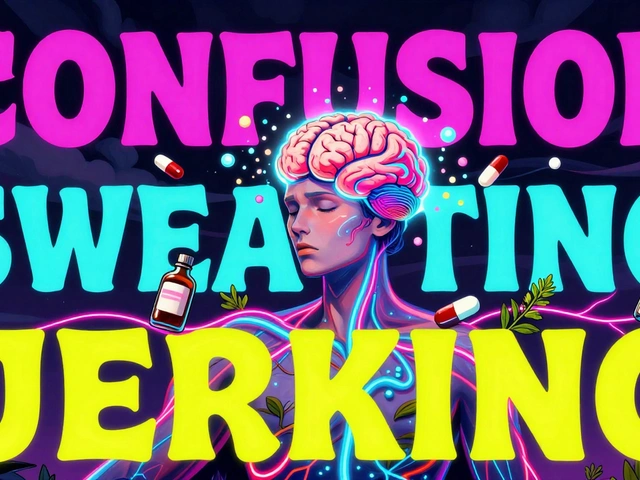Muscle Pain: Causes, Treatments, and Relief Tips
When dealing with muscle pain, a discomfort or soreness in skeletal muscles that can range from a dull ache to sharp stabbing sensations. Also known as myalgia, it usually points to overuse, injury, or inflammation. muscle pain can show up after a hard workout, a sudden twist, or even from long periods of sitting.
One frequent companion of muscle pain is muscle spasms, involuntary contractions that tighten the muscle and amplify soreness. When a spasm occurs, it can lock the muscle in a painful position, making everyday tasks feel tough. Another key player is NSAIDs, non‑steroidal anti‑inflammatory drugs that lower swelling and dull pain signals. These medicines target the inflammation that often fuels muscle pain, giving the body a break from constant ache. Finally, physical therapy, a structured program of exercises, manual techniques, and education works by restoring movement, strengthening weak areas, and teaching proper mechanics, which prevents future flare‑ups.
Why Muscle Pain Happens and How to Manage It
Muscle pain can arise from several sources. A sudden overload, like lifting something too heavy, creates tiny tears in muscle fibers – a condition often called a muscle strain. The body responds with inflammation, which triggers the pain receptors. Repeated micro‑traumas, such as running many miles without adequate recovery, lead to chronic soreness and can evolve into myofascial trigger points, tight knots that refer pain to other spots. Stress also plays a role; when you’re tense, the muscles stay contracted, increasing the chance of spasm and pain.
Treating muscle pain starts with addressing the root cause. Applying ice within the first 24‑48 hours reduces swelling, while heat after that phase eases stiffness and improves blood flow. Gentle stretching loosens tight fibers and can break the cycle of spasms. For deeper relief, a short course of NSAIDs targets the inflammatory pathway, cutting down the chemical signals that keep the pain lit up. If the pain lingers, physical therapy steps in: therapists assess movement patterns, prescribe targeted exercises, and may use modalities like ultrasound or massage to speed recovery.
Beyond immediate fixes, long‑term strategies matter. Consistent strength training builds resilience, making muscles less prone to strain. Proper ergonomics at work—adjusting chair height, taking regular breaks, and using supportive footwear—keeps muscles aligned and reduces unnecessary load. Hydration and balanced nutrition, especially enough protein and electrolytes, support muscle repair and prevent cramping. When you combine these habits with timely use of NSAIDs and guided physical therapy, you create a comprehensive plan that tackles pain from every angle.
Below you’ll find a curated list of articles that dive deeper into each of these topics—from detailed comparisons of pain‑relief medications to step‑by‑step guides on stretching and therapy techniques. Whether you’re looking for quick tips or want to understand the science behind muscle soreness, the collection ahead has you covered.
How Chiropractic Care Helps Manage Skeletal Muscle Conditions
Explore how chiropractic care can relieve muscle pain, improve range of motion, and support rehab for skeletal muscle conditions. Learn techniques, evidence, and when to seek a chiropractor.





